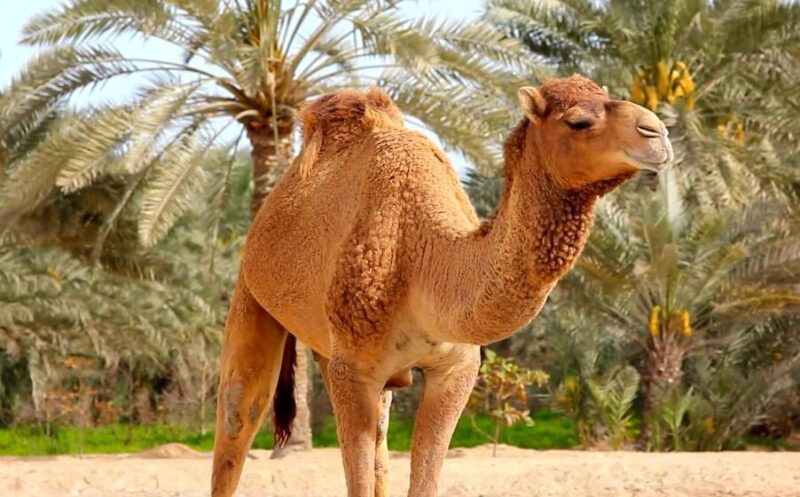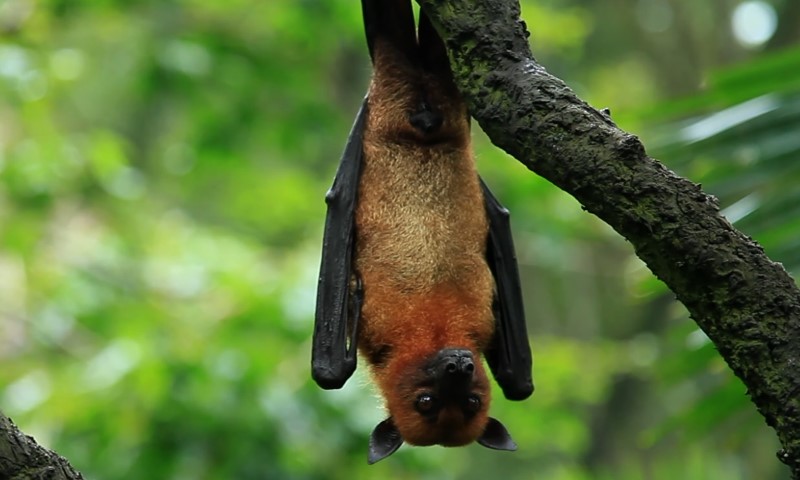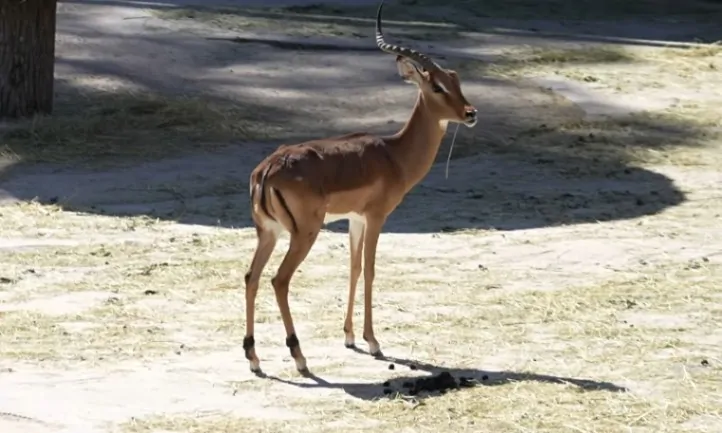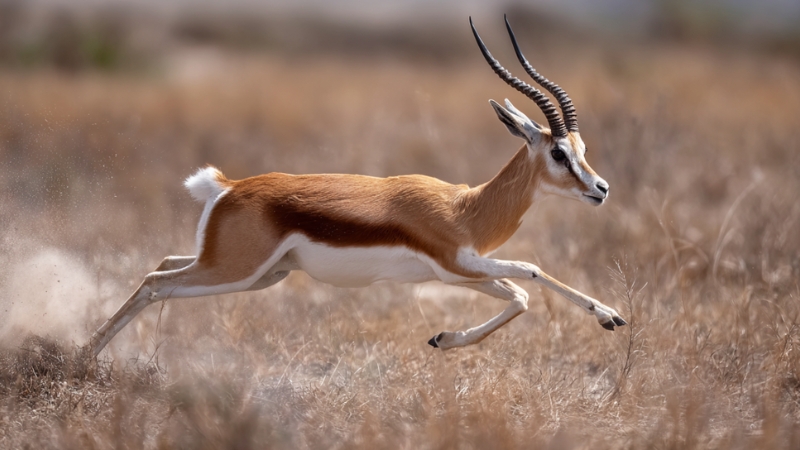Owning a camel might seem like an exotic and adventurous idea, but it comes with its own set of practicalities and costs.
It doesn’t matter if you’re interested in camels for their unique qualities, cultural significance, or practical uses, it’s important to get a clear picture of what to expect financially.
Let’s explore the various aspects that determine the price of camels and the ongoing expenses you might face.
Table of Contents
ToggleThe Price Range of Camels
Different Species, Different Prices
There are two main species of camels:
- Dromedary Camels: Also known as Arabian camels, these have one hump and are primarily found in the deserts of Africa and the Middle East. They are well-adapted to hot and arid environments.
- Bactrian Camels: These camels have two humps and are found in the mountainous terrains of Central Asia, including parts of China and Mongolia. They are adapted to colder climates and can withstand extreme temperatures.
Utility and Significance of Camels
Camels hold significant value in various cultures and economies. Their uses extend beyond just transportation.
The intended use of the camel can greatly affect its price. A camel bred for racing will likely cost more than one used primarily for milk production.
Feeding and Care Costs
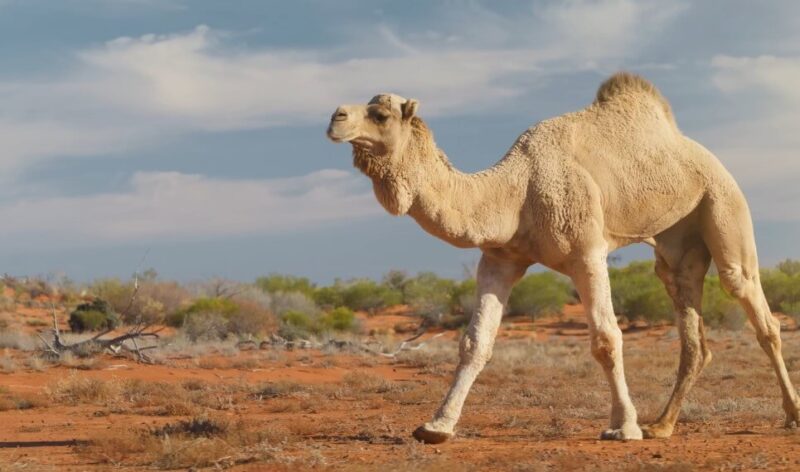
Owning a camel might sound like an adventure, but keeping one well-fed and healthy is another story. Camels are tough, no doubt about it. They can survive in brutal conditions where other animals would give up. But when food and water become scarce, even the hardiest camel needs some extra help.
Alternative Feed Sources in Drought Conditions
Imagine a scorching desert where not a single blade of grass can be found. No rain, no greenery, and suddenly, feeding a camel becomes a real challenge. Many owners in arid regions have to get creative.
Some turn to cactus pads—spiky on the outside but packed with water and nutrients inside. Before feeding, the spines are burned off, leaving behind a juicy, hydrating snack. Others rely on date palm leaves, which are fibrous and loaded with energy. In some cases, owners even mix a mash of ground-up grains and molasses to keep their camels full and strong.
Then there’s the extreme solution—fish meal. Yes, some camel breeders, especially in coastal areas, have found that dried fish powder mixed into their diet provides much-needed protein when regular feed is unavailable. It might sound strange, but desperate times call for unconventional meals.
Unexpected Expenses Camel Owners Face
The cost of feeding a camel is predictable, but some expenses sneak up and hit harder than expected.
Water transportation is a big one. A camel can go without water for a long time, but when it finally needs to drink, it guzzles gallons. If you live far from a natural water source, hauling water to your animal becomes a major cost—sometimes more than the food itself.
Another hidden expense? Medical emergencies. Camels are sturdy creatures, but they aren’t invincible. A sudden infection, a parasite problem, or even a bad hoof can mean a surprise visit to a vet—if you can find one who knows how to treat camels. In some regions, camel veterinarians are rare, so treatment costs skyrocket.
Shelter and Veterinary Care
Providing adequate shelter and veterinary care is essential. Although camels are hardy animals, they need regular check-ups and vaccinations.
Costs for shelter and veterinary care can add up, especially if you live in an area where camel-specific veterinary services are rare.
Interesting Fact: In the Arabian Peninsula, there is a tradition of feeding snakes to camels to enhance their strenght.
Legal and Practical Considerations
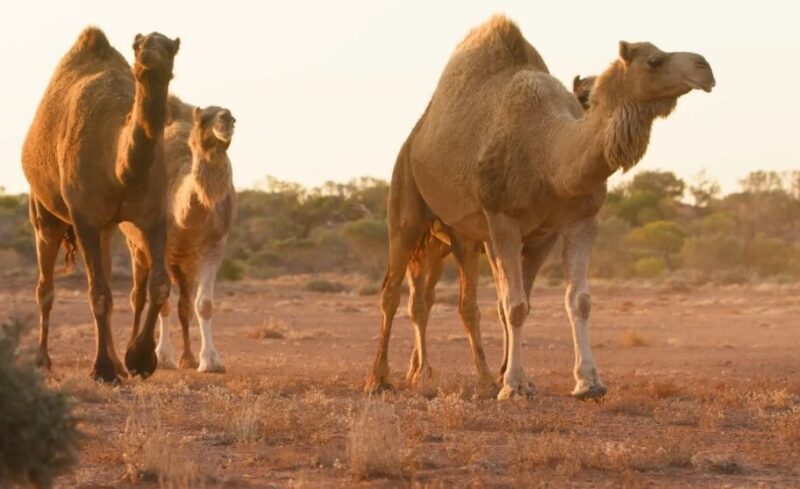
Before purchasing a camel, it’s important to consider the legal requirements and practical aspects of owning such an animal.
Legal Requirements
Check the local laws regarding camel ownership. Some areas may have specific regulations or restrictions on keeping camels.
Practical Logistics
Consider the logistics of caring for a camel. Do you have enough space for the animal? Are there nearby veterinarians who specialize in camel care?
Ensuring you have the proper resources and environment for a camel is essential for its well-being.
Buying Advice
High-Quality Camels
High-quality camels, especially those bred for racing or other specialized purposes, can cost upwards of $10,000. Their unique qualities and training contribute to the higher price.
Camel Prices Around the World
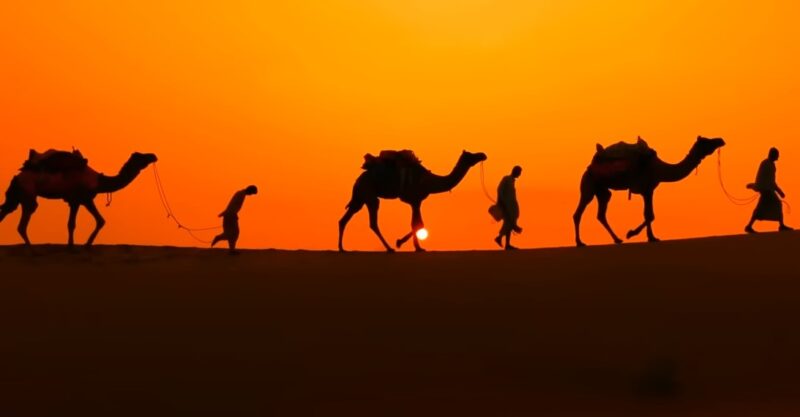
Camel prices vary significantly by region:
- Kenya: A camel’s value in Kenya is approximately 60,000 Kenyan shillings, which is around $700.
- USA: In the United States, camels typically sell for between $10,000 and $15,000.
- Australia: In Australia, camels cost around AUD 3,000.
Comparative Values
For a bit of perspective, one camel can be exchanged for:
- 36 goats or sheep
- 3 donkeys
- 12 cows
Camels Back in the Day
Camels have a past that’s tough to beat. They’ve been hauling goods and fighting wars for centuries. Let’s break it down.
Trade Routes and Heavy Loads
Warriors on Humps
Camels weren’t just for trade. They got into battles too. Roman generals like M. Licinius Crassus used them in 53 B.C. to haul arrows and gear against the Parthians. Even the U.S. Army gave it a shot in the 1800s with a Camel Corps out West. It didn’t last, but it proved camels could handle war.
Festivals and Beauty Shows Worldwide
Camels don’t just sit around. They’ve got festivals and shows where they’re the main event. Here’s the scoop.
India’s Big Camel Bash
In India, the Bikaner Camel Festival is a blast. People race camels, parade them in bright outfits, and cheer like crazy. It’s a desert party with these humped stars stealing the show.
Beauty Queens of the Desert
Saudi Arabia and the UAE take it up a notch. The King Abdulaziz Camel Festival and Al Dhafra Festival have beauty contests. Camels get judged on droopy lips and tall necks. Winners can snag huge prizes, and the crowd goes wild.
Final Thoughts
Owning a camel can be a rewarding experience, but it’s important to be prepared for the financial and practical aspects involved. From the initial purchase price to ongoing care and maintenance, there are many factors to consider.
By understanding the various costs and requirements, you can make an informed decision about whether owning a camel is right for you.
Whether you’re fascinated by their unique adaptations or interested in their cultural significance, camels offer a unique and valuable addition to your life. Just be sure to consider all the costs and responsibilities before making the investment.

